The story of Watling Manufacturing (later Watling Scale Company) has at its heart a story of two brothers from Midlothian, Scotland - John Burns Watling born on September of 1860, and Thomas White Burns Watling born on August 1862. It’s generally considered a thriving time in Scottish history, Queen Victoria was found of Scotland and often vacationed at her newly-purchased estate. The boy's father, Francis, died at the age of 27 after the birth of their sister, Jessie. Francis left behind 26-year-old Elizabeth with 2 young boys and a newborn. She moved the family to the United States in 1867, settling in Cincinnati, Ohio where the children grew up, John learning the ways of blacksmithing, and Tom became a painter. On the side, the brothers sold candy in theater lobbies. This is where the fun begins.
A Brief History of Coin-Op
When it comes to coin-operated machines, there are 3 pivotal points in history:
1 - Heron of Alexandria (c. 10 CE - c. 70 CE) invented a holy water dispenser for worshipers. They inserted a coin through a slot, the coin would fall onto a lever where its weight opened a valve to let water flow out. When the coin slid off the tray from it’s own weight, a counterweight would raise the level, closing the valve until the next worshiper inserted their coin.
2 - Richard Carlile (1790 - 1843) built the first book vending machine in 1822 so he could sell Thomas Paine’s The Age of Reason without having to face the punishment for selling “blasphemous material.” Carlile had previously been found guilty in 1819 of “blasphemy” and “seditious libel,” sentenced to 3 years for publishing Tom Paine's Common Sense, The Rights of Man and the Age of Reason, which criticized the Church of England. His vending machine succeeded in every way but keeping Carlile out of jail.
3 - Percival Everitt (~1846ish - 1893) invented the first coin-operated vending machine in 1883 that dispensed post cards. Later machines dispensed stamps, envelopes, tobacco, scents, etc. around London, England and surrounding towns.
Can you pronounce the hometown of this trade stimulator's inventor?
Inventors Percival Everitt and J. G. Sanderman
The Watling Bros, Manufacturers
The Watling brothers took out a high-interest loan and bought out Schall in December of 1903. Immediately they found themselves with with a slot machine business and a line of Schall’s coin-op machines with a public demand for more. While Tom began work managing and promoting the business, John was working on the mechanics of the products, increasing their space to include both 153 and 155 West Jackson Boulevard and reproducing other maker’s machines just to keep up with demand. Sometimes they would keep another maker’s shell, but completely reinvent the inside mechanism. By this time, Tom Watling had become close friends with Charles Fey, the inventor of the slot machine with three turning wheels - perhaps the most iconic image of machinery invoked when one says the words “slot machine.”
It was a very exciting, fast-paced, experimental time, and Chicago, Illinois was at the center of the madness that would take the coin-op world by storm - not just with slot machines, but with all kinds of various styles of coin-operated entertainment including mechanical horse races, coin drops, card, and dice games.
Take a look at our antique 14-horse racing game
When White City amusement park opened in 1905, the brothers grabbed up all the available arcade spots they could. It didn’t take long for them to find themselves in the forefront of the coin-operated business, and a major factor in the industry, moving the business to a larger area at 1029 West Adams Street in the 1910s.
Check out local PBS affiliate WTTW's Chicago Time Machine
In the 1920s, Watling Manufacturing had space at both 701 West Washington Boulevard and 411 South Sangmon Street. After a 1927 fire that effected an entire block of West Washington, the Watlings purchased the property they will be associated for the bulk of the 20th century - 4650 West Fulton St. This is the address found with most of their machines.
Johnnie Law Blows His Wig
Starting in the 1920s, Chicago followed with the rest of the country in an “anti-slot machine” phase running parallel to Prohibition on sales of alcohol. Watling Manufacturing started producing under the name Watling Scale Company. Right after moving into their new factory on Fulton Street, Chicago passed their 1935 Anti-slot Ordinance.
Passing from fathers to sons, Watling Scale Company continued to making technological and amusement upgrades to their most widely accessible machine of coin-operated scales. But throughout the success and governmental turbulence, the Watlings established their rightful place next to The Mills Novelty Company, O.D Jennings & Company, Pace Manufacturing Company, and Lion Manufacturing Company as a pivotal part of the Chicago’s Golden Age of coin-operated entertainment, vending, and gaming.
Need to unload your antique coin-op and gaming machines?
In 1951 when the U.S. Government passed the Transportation of Gambling Devices Act - commonly known as the Johnson Act - prohibiting the transfer of “gambling devices” across state lines where gambling is prohibited. Most companies, including Watling, packed up and moved to Nevada where gambling had been legalized.
ROL-A-TOR vs ROL-A-TOP
Watling's ROLL-A-TOR is their most recognizable product line due to its immense public popularity. It came in conflict with Norge and their "Rollator Refrigeration." Being in the height of anti-gambling fervor, Watling had their machinists carve out the leg of the "R" in "TOR" to create "TOP." Arguably "ROLL-A-TOP" is a much better name for a slot machine, and it's popularity soared even more.
Sources:



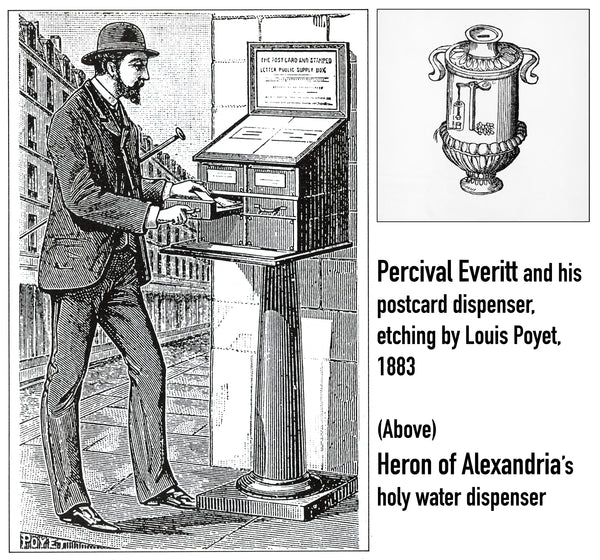
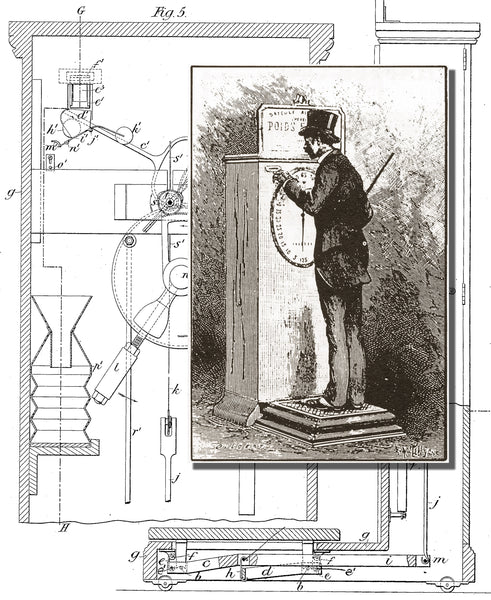
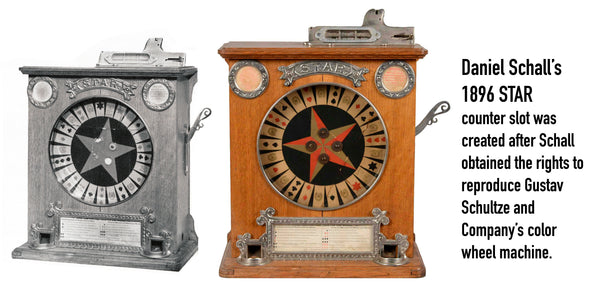
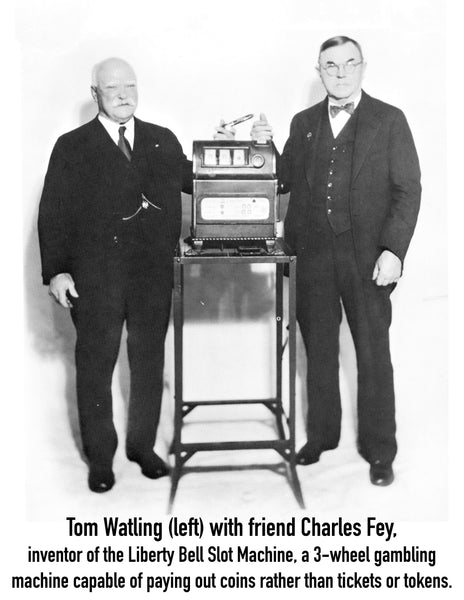
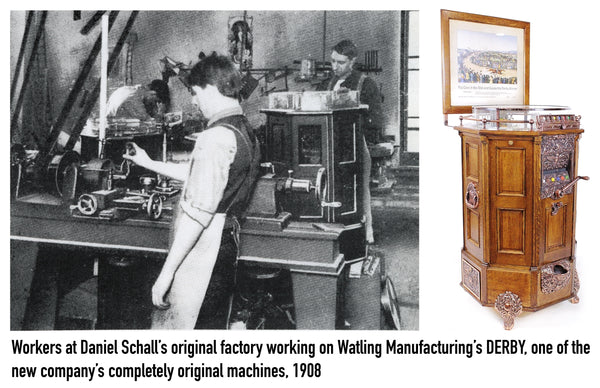
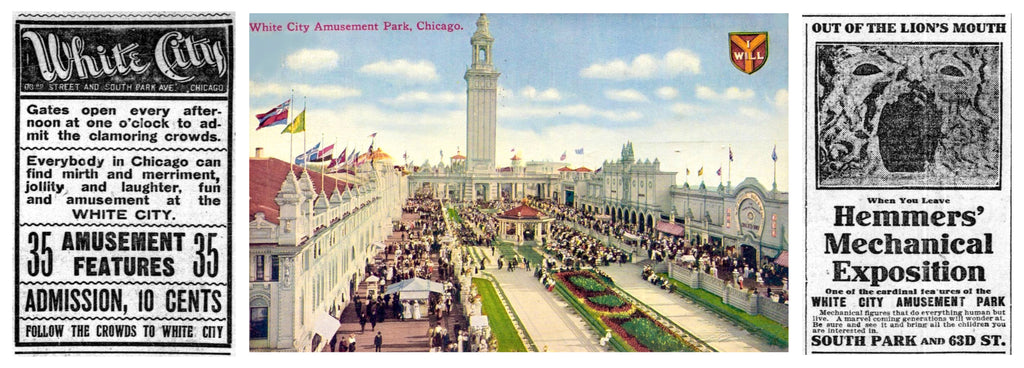


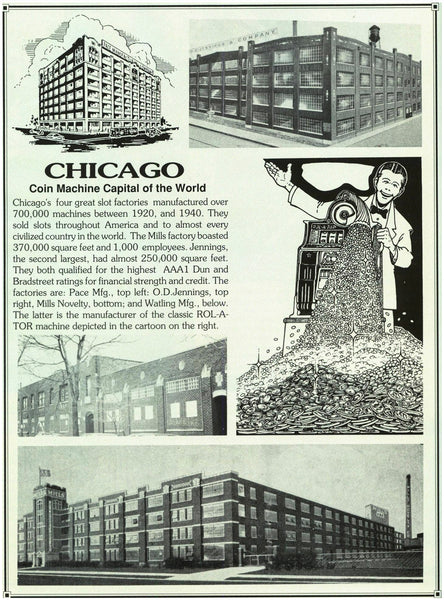
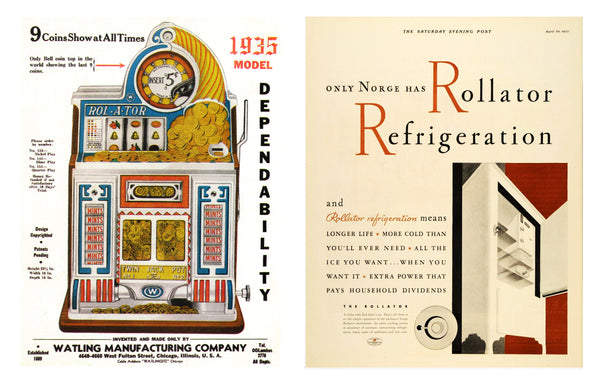



Found this interesting. Thomas Watling is my great-grandfather I never met him but but I do have fond memories of my grandfather William Watling. Unfortunately he passed when I was a kid at the age of 88. I would have loved to find out more of the history from him when I was older and could have appreciated it more. Although I always take note of the Watling scale featured in Pee-wee’s Big Adventure every time I see it when it tells him not to leave the house today!
Thomas Watling was my grandfather I remember him well. I was about 8 years old when he died.
Leave a comment